Kates Valves FAQs
What is an automatic flow rate controller?
The Kates automatic flow rate controller (FRC) is a purely mechanical device - it will regulate the flow of a liquid regardless of upstream or downstream pressure fluctuations in your system; and regulate flow of a gas regardless of downstream pressure fluctuations.
How does it work?
By combining an adjustable orifice with a differential pressure regulating valve, the Kates FRC will always have a constant pressure drop across the metered orifice.
By adjusting the dial, we are controlling the area of the metering orifice. And the IDRV is controlling the differential pressure across the metered orifice, thereby controlling flow.
What will my pressure drop be at 10 gpm?
The Kates FRC will automatically compensate for pressure changes. At 10 gpm the pressure drop could be virtually anything.
If your customer is designing a system and needs to know the pressure drop for every item in the pipeline to size their pumps, I would recommend that you allow for a minimum of 20 psi across the Kates. This gives us a safety factor in the event that pressure falls off if the pressure is higher, that is fine too.
How can this valve compensate for changes in downstream pressure?
The internal differential pressure regulating valve (the IDRV) is a simple force-balance design. When the pressure across the metered orifice is too high, the IDRV will be forced downward and close off. When it's too low, the IDRV will move up and open the valve ports.
What is the Cv of a 3/4" controller?
The Kates FRC does not have a Cv (pronounced "C-sub-V"). Cv is a value in a formula for sizing control valves. The Kates valve will have an infinitely variable Cv because it compensates automatically for pressure changes.
What is the difference between a pressure regulator and a flow regulator?
A pressure regulator valve (PRV) controls pressure regardless of variations in flow. The Kates FRC is the exact opposite of a PRV. It will control the flow rate regardless of pressure variations.
How can this valve take such a large pressure drop without damaging itself?
The Kates FRC has an exit port configuration that divides the outlet flow into three ports. These flow paths are directed at one another and naturally cancel out the forces of the three streams.
What materials of construction would you recommend for Hydro-Chloric Acid (HCL) service?
There are too many variables for us to suggest materials for compatibility. We would prefer to have our customers tell us which materials have given them the best service life with their processes. For example, 316 stainless steel is compatible for some concentrations of HCL, for others it is not.
Can the valve be mounted horizontally?
Yes. The Kates FRC will work in any orientation. The preferred installation is in the vertical plain though. This will prevent side-loading of the internal components and the FRC will have a much longer service life.
Will it work for gas service with a varying inlet pressure?
No. With a gas, the density of the media changes with pressure and temperature. We will need a relatively steady inlet pressure & temperature for the flow to remain constant. The valve will control flow with a varying downstream pressure though.



